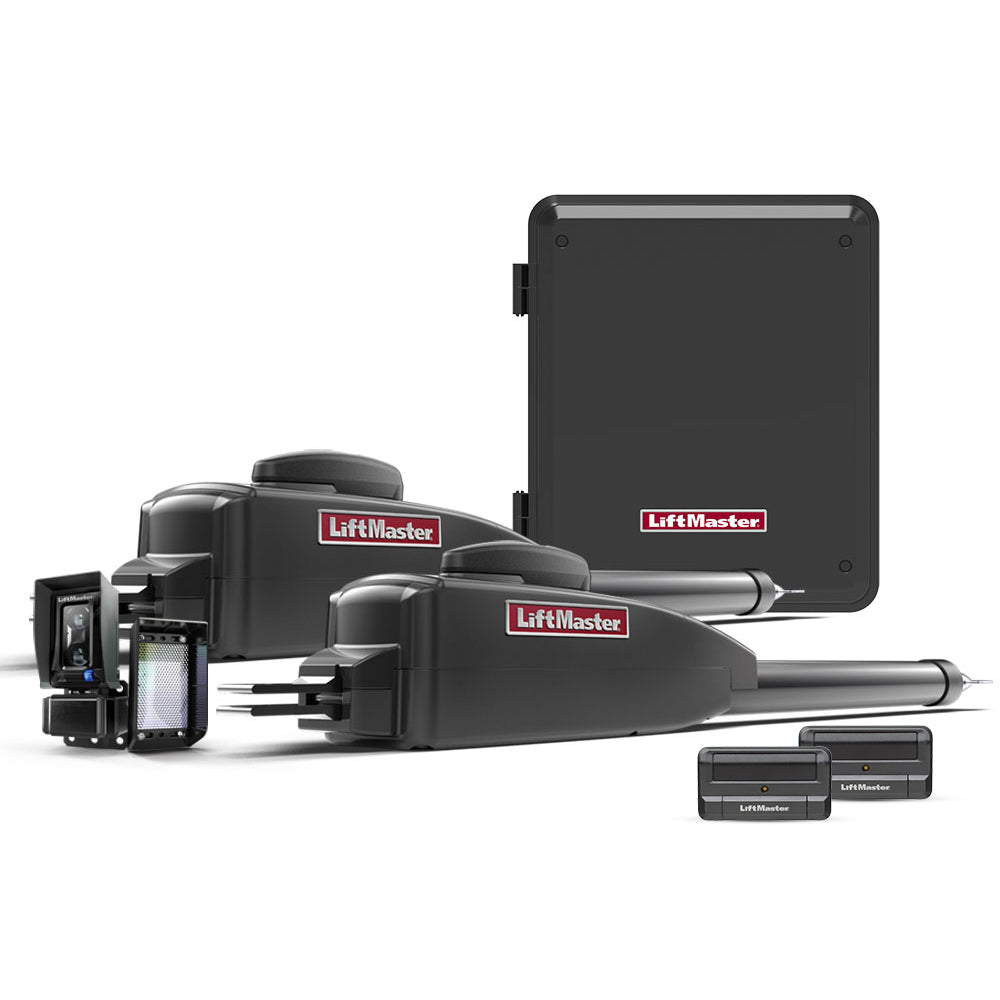Having an access system for your office or home is essential if you're concerned about security. It allows authorized people inside and keeps intruders out.
Not everyone in your workplace should have access to your office. An access control system is the most effective method to ensure only those you trust can enter your property.
All access control systems do not function the same way. There are pros and cons for each, so you should consider your security requirements and select the access control that suits you.
What is an Access Control System?
Access control systems aim to limit security risks from unauthorized access. It is a key component of security compliance programs and establishes access control guidelines to safeguard private information, including customers' sensitive data.
Many companies have procedures and infrastructure restricting access to computer systems, applications, files, and sensitive information, including personally identifiable information (PII) or intellectual property.
How Does Access Control Function?
Access security controls function by identifying the person or the application and verifying what the person or the entity claimed to be. Additionally, they authorize access level and the sequence of actions related to either the user's name or the internet protocol (IP) address.
These protocols and directory services, like lightweight directory access protocol (LDAP) and security assertion markup language, offer access control for authenticating and authorizing entities and users and allowing users to access computer resources, including distributed applications and web servers.
Organizations employ different access control systems based on their compliance requirements and the security level of information technology (IT) they're trying to guard.
The Benefits of Having Access Control Systems
Opening Management
Opening management involves checking the doors for open alarms, forced open alarms, as well as actual door position (i.e., the state the door is in, either closed or open).
People Management
Management of people involves managing who has access, where they can go, when they have access, and when they do not.
Integrating solutions
These systems integrate other options, like video or audio, into an application platform's access control system, which is particularly useful in medical or higher education institutions with multiple buildings.
Integration of the database
This lets you manage one database and populate other databases and ensures that you can do all of this quickly since manual work takes a lot of time.
What Are the Three Types of Access Control You Should Use to Control Your Property?
A modern security system is more sophisticated than a lock or a metal key. It also uses software that controls access rights and authenticates the user. The most popular kinds of access management software are:
Discretionary access control
Discretionary access control is ideal for tiny homes that require security for door access. It's not restrictive, giving the user total control over who can access the property and who can leave. Furthermore, users set security levels and can provide anyone with access keys or codes to grant them access.
This kind of security control is usually not enough for larger companies, nor is it ideal for situations that require you or someone to monitor the access levels. Hence, people who need a greater level of security in their businesses may have to think about other kinds of security measures. A frequent complaint about DAC systems is the lack of centralized control.
Role-based access control
Role based access control works by assigning permissions based on the end user's position within the organization or household. This kind of control access system makes the system administrator responsible for access; responsibility and job determine the security levels each person can access.
Role based access control is an extensively used technique that controls computer access based on people or groups with defined business requirements (e.g., executive levels, engineer level 1) instead of the identity of users.
Instead of assigning permissions individually, people are automatically granted the permissions they need since they have been labeled with their role and the right security level.
Undoubtedly, this kind of security system for access management is excellent for large organizations with many employees. However, it can also benefit households or smaller companies seeking additional security.
Mandatory access control
Mandatory access control offers more security when compared to the DAC system. It is a model of security that allows a central authority based on various levels of security to access rights and is commonly used in military and government environments.
The classifications are given to system resources and the operating system or the security kernel. With this kind of system, administrators categorize users as end-users and grant them access to specific areas. It denies or gives access to resource objects based on the security clearance of the device or user.
This setup is ideal for small- to medium-sized companies. However, each new employee must be given an identity card that grants access to the relevant areas, and the permissions must be removed when someone is fired. These processes have to be carried out by hand, which isn't practical for companies with a significant amount of staff.
Choose the Type of Access Control that Fits Your Needs
There are various security access systems designed for commercial and business buildings, whether you want a physical access control system for limited door access or to restrict access to improve data security. However, not all systems will work for you in light of how large the installation is, the number of entries and users, and the level of security you need. Making sure that you select the best system for your office or home space is vital.












